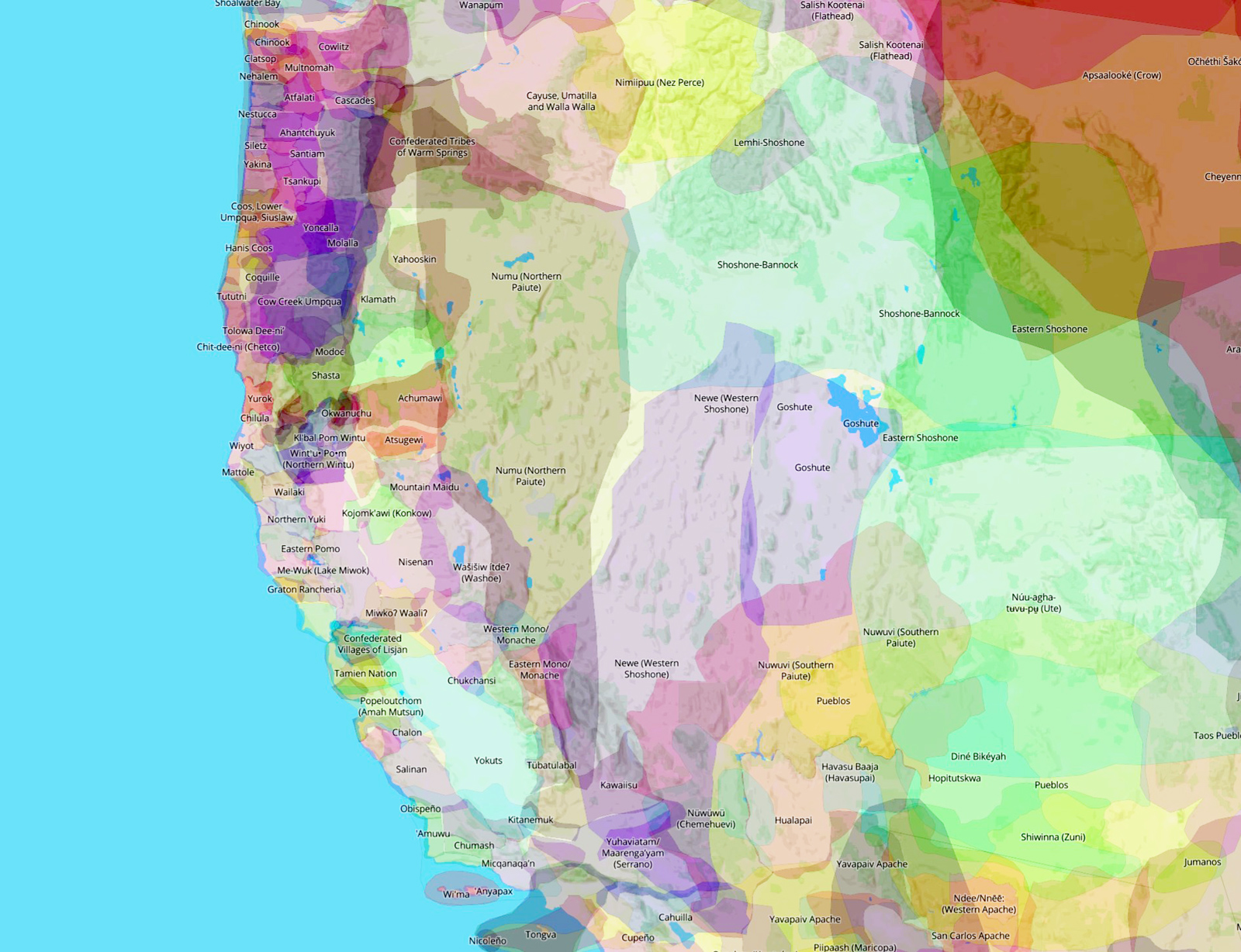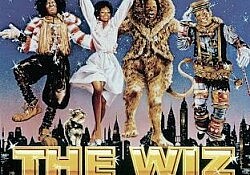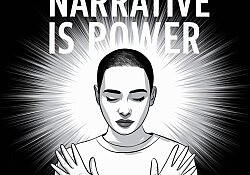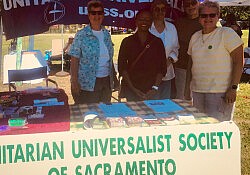10/11 Racial Justice Conversation: Land Acknowledgement
Posted by Karen Gunderson
Posted on October 10, 2021
 Acknowledgment of Occupation of Native Land
Acknowledgment of Occupation of Native Land
7 PM, Monday, Oct 11th.
We will be discussing the development of a land acknowledgment for UUSS. Here are the resources;
Land Acknowledgement for April 25, 2021 UUSS Service
“The history of the Sacramento area, and the people, is rich in heritage, culture and tradition. This area was, and still is, the Tribal land of the Nisenan people. Sacramento was a gathering place for many local Tribes who have lived throughout the central valley and the foothills for generations and were the original stewards of this land. We would like to acknowledge the Southern Maidu people to the North, the Valley and Plains Miwok/ Me-Wuk Peoples to the south of the American River and we would also like to honor the Patwin Wintun Peoples to the west of the Sacramento River.
“We acknowledge that we are standing on the tribal lands of Sacramento’s Indigenous people.”
This Land Acknowledgement was created by the Sacramento Native American Health Center.
And to continue to use their words, may this Land Acknowledgement be a “first step towards building a more inclusive future where we eliminate the ongoing erasure of Indigenous Peoples’ voices, lives and history. … .“ … and may it “seed the path for learning and for respect to grown and blossom.”
UUA Resources: https://www.uua.org/justice/blog/beyond-land-acknowledgment
Sacramento activists’ resources: https://surjsacramento.org/land-acknowledgement
Local area resource: https://nevadacityrancheria.org/
From the San Jose area:
We are on Ohlone (O-lone-ee) land and are grateful for the Ohlone peoples’ past and present stewardship of their ancestral lands and resources. Racial justice requires restoring these lands to the Ohlone people. Racial justice also requires dismantling the ongoing system of settler-colonialism that we participate in by living and working on these lands–including, but not limited to, the historical and ongoing subjugation, land dispossession, genocide, and erasure of Indigenous people.
This acknowledgment demonstrates our commitment to the visibility of Indigenous people and lands. It beckons us to reflect on our ancestors’ legacies and calls us to begin the process of dismantling racism and colonialism for a better future for the earth and generations to come. We encourage you to reflect, learn, and take action to support local Indigenous groups and organizations.
Learning (National & International)
Native Land Map
Native-Land.ca is a website run by the nonprofit organization Native Land Digital.
They “strive to map Indigenous territories, treaties, and languages across the world in a way that goes beyond colonial ways of thinking in order to better represent how Indigenous people want to see themselves. We provide educational resources to correct the way that people speak about colonialism and indigeneity, and to encourage territory awareness in everyday speech and action.”
NOTE: The map does not represent or intend to represent official or legal boundaries of any Indigenous nations. To learn about definitive boundaries, contact the nations in question. Also, the map is not perfect — it is a work in progress with tons of contributions from the community.
If you would like to read more about the ideas behind Native Land or where we are going, check out the blog. You can also see the roadmap.
Land Back Movement
LANDBACK is a movement that has existed for generations with a long legacy of organizing and sacrifice to get Indigenous Lands back into Indigenous hands. Currently, there are LANDBACK battles being fought all across Turtle Island, to the north and the South.
As NDN Collective, we are stepping into this legacy with the launch of the LANDBACK Campaign as a mechanism to connect, coordinate, resource and amplify this movement and the communities that are fighting for LANDBACK. The closure of Mount Rushmore, return of that land, and all public lands in the Black Hills, South Dakota is our cornerstone battle, from which we will build out this campaign. Not only does Mount Rushmore sit in the heart of the sacred Black Hills, but it is an international symbol of white supremacy and colonization. To truly dismantle white supremacy and systems of oppression, we have to go back to the roots. Which, for us, is putting Indigenous Lands back in Indigenous hands.
There is 1 Comment on this post.
Feel free to leave your own comment or question about this post.
More Racial Justice Updates
One Response to “10/11 Racial Justice Conversation: Land Acknowledgement”
Sorry, the comment form is closed at this time.



Thanks for raising this important issue. Have you invited SNAHC for a conversation with UUSS?